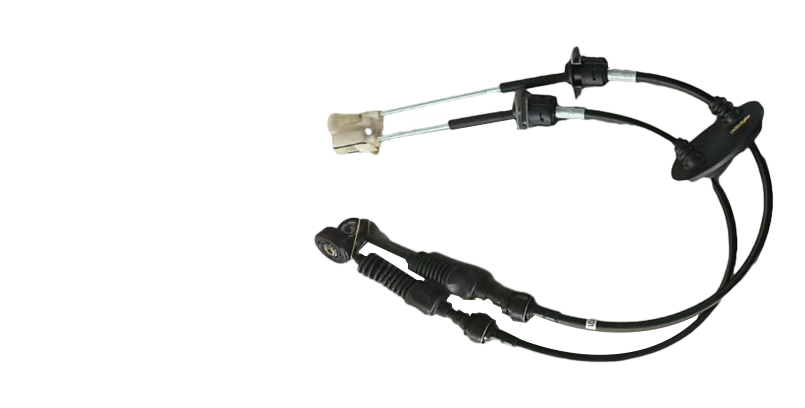Shift selector cable for seamless gear shifting and optimal performance in vehicles
Understanding Shift Selector Cables An Essential Component in Automotive Functionality
In the intricate world of automotive engineering, the seemingly simple shift selector cable plays a crucial role in enabling smooth and efficient vehicle operation. This component, often overlooked by the average car owner, can significantly impact the driving experience and the performance of the transmission system. Understanding its function, importance, and maintenance can enhance vehicle longevity and safety.
What is a Shift Selector Cable?
A shift selector cable is a flexible metal or polymer cable that connects the gear shift lever inside the vehicle's cabin to the transmission system. Its fundamental purpose is to relay the driver's input from the gear lever to the transmission, allowing the driver to select different gears seamlessly. The cable works by pulling or pushing, depending on the selected gear, thereby engaging the appropriate mechanisms within the transmission.
How Does it Work?
When a driver moves the gear shift lever, the shift selector cable transmits that movement through a series of connections to the transmission. The cable’s design allows for a wide range of motion while ensuring that the force applied by the driver is delivered accurately to the transmission. This precision is vital as it directly affects gear engagement and, consequently, vehicle performance.
The shift selector cable is generally connected to a lever in the transmission. It usually comprises a plastic housing with a metal wire inside, which provides flexibility and strength. In modern vehicles, especially those equipped with automatic transmissions, advanced shift selector cables are often designed with enhanced durability and responsiveness to cope with the demands of higher-speed driving and complex gear ratios.
Importance of Shift Selector Cables
shift selector cable

The shift selector cable serves several essential functions within a vehicle. Firstly, it ensures the accurate and timely engagement of gears, which is crucial for vehicle acceleration, deceleration, and overall efficiency. A malfunctioning selector cable can lead to poor gear shifting, resulting in jerky movements, delayed responses, or even the inability to change gears altogether.
Secondly, the condition of the shift selector cable can affect fuel efficiency. A well-functioning cable allows the transmission to operate smoothly, helping the engine to perform at its best and reducing unnecessary fuel consumption. On the other hand, if the cable is worn out or damaged, it can cause the transmission to work harder than needed, leading to increased fuel usage and higher emissions.
Signs of a Failing Shift Selector Cable
Car owners should be vigilant about potential issues arising from a faulty shift selector cable. Common signs include difficulty in shifting gears, a loose or unresponsive gear shift lever, unusual noises during gear changes, or a visible wear and tear of the cable itself. If any of these symptoms arise, it is crucial to seek professional inspection and repair to avoid further damage to the transmission system.
Maintenance and Replacement
Maintaining the shift selector cable involves regular inspections for signs of wear, corrosion, or damage. Keeping the cable properly lubricated can also extend its life. If issues are detected, prompt replacement is necessary to maintain vehicle safety and performance. Depending on the vehicle make and model, replacing a shift selector cable can be a straightforward process but still requires a degree of mechanical knowledge and skill.
Conclusion
The shift selector cable might be a small component of a vehicle’s anatomy, but its significance cannot be overstated. Understanding its role can help car owners appreciate the complexities of automotive engineering and the importance of regular vehicle maintenance. By ensuring that the shift selector cable remains in optimal condition, drivers can enjoy a smoother, more efficient driving experience, prolonging the life of their vehicle's transmission system.
-
Workings of Clutch Pipe and Hose SystemsNewsJun.04,2025
-
The Inner Workings of Hand Brake Cable SystemsNewsJun.04,2025
-
The Secrets of Throttle and Accelerator CablesNewsJun.04,2025
-
The Hidden Lifeline of Your Transmission Gear Shift CablesNewsJun.04,2025
-
Demystifying Gear Cables and Shift LinkagesNewsJun.04,2025
-
Decoding Clutch Line Systems A Comprehensive GuideNewsJun.04,2025
